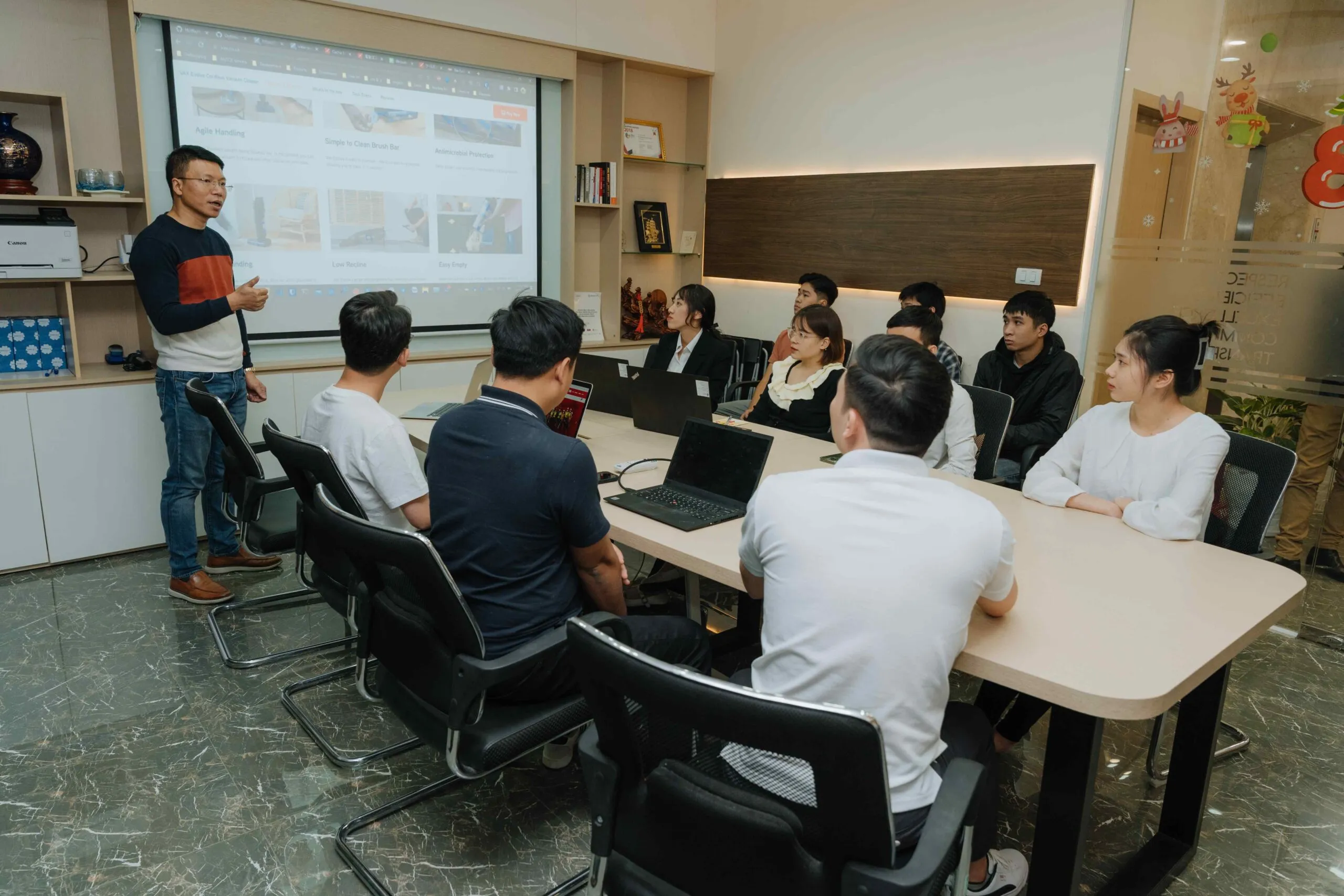Delivering high-quality products is crucial for success. Quality assurance (QA) plays a vital role in ensuring that software meets the desired standards and user expectations. In this blog post, we’ll explore how to ensure quality assurance in software development services.
Table of Contents
1. Establish Clear Requirements
A solid foundation for QA begins with well-defined requirements. Clearly outlining the functional and non-functional requirements helps ensure that the developed software aligns with the intended purpose and user needs.

2. Implement a Robust Testing Strategy
Testing is a cornerstone of QA. A comprehensive testing strategy should include unit testing, integration testing, system testing, and user acceptance testing. Each testing phase verifies different aspects of the software, ensuring that it functions as expected.
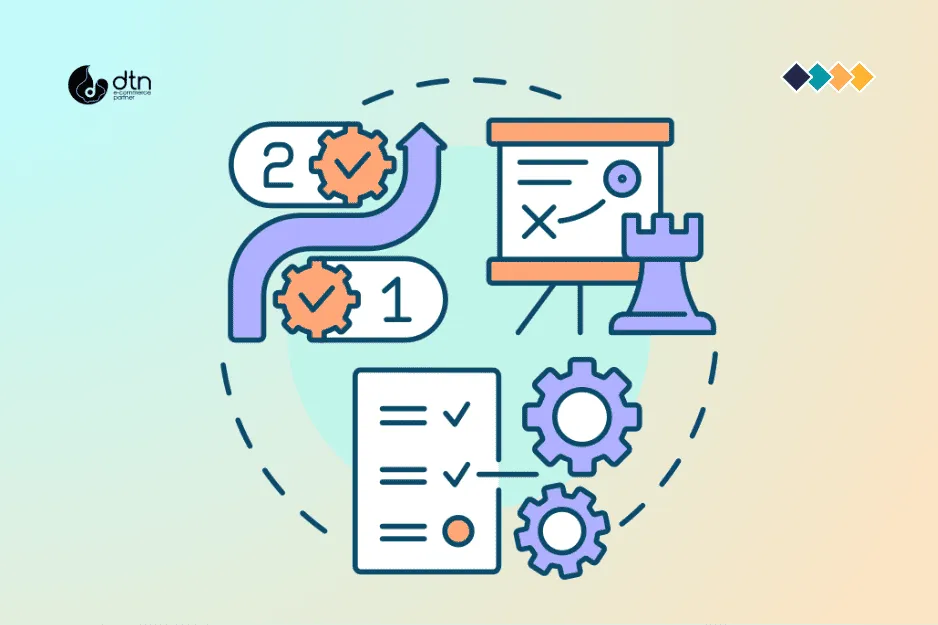
3. Automate Testing Processes
Automation is a game-changer in QA. By automating testing processes, you can reduce manual effort, increase test coverage, and improve efficiency. Automated testing tools can run tests quickly and consistently, providing faster feedback to developers.

4. Conduct Regular Code Reviews
Code reviews involve examining the source code to identify potential defects and adherence to coding standards. Regular code reviews help catch issues early, preventing them from propagating through the development process.

5. Foster a Quality-Oriented Culture
A quality-oriented culture is essential for successful QA. Encourage developers to take ownership of the quality of their code and promote a culture of continuous improvement. This mindset fosters a proactive approach to identifying and resolving issues.

6. Utilize Quality Assurance Tools
A range of QA tools is available to assist in the process. These tools can help with tasks such as static code analysis, performance testing, and bug tracking. By leveraging appropriate tools, you can streamline QA activities and enhance efficiency.
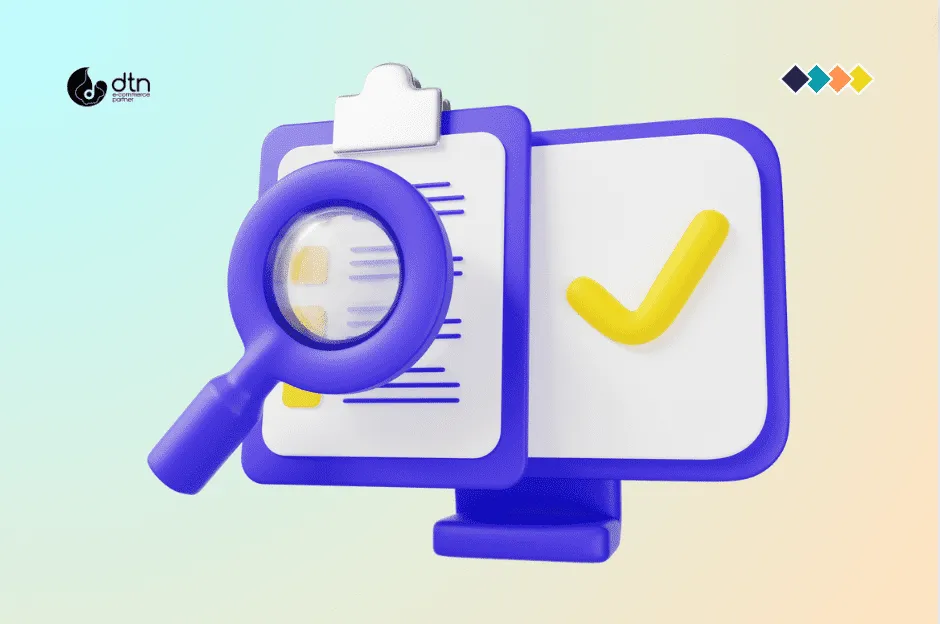
7. Continuously Monitor and Measure Quality
Quality assurance should be an ongoing process. Regularly monitor and measure software quality metrics to identify areas for improvement. Metrics such as defect density, test coverage, and customer satisfaction can provide valuable insights into the effectiveness of your QA efforts.
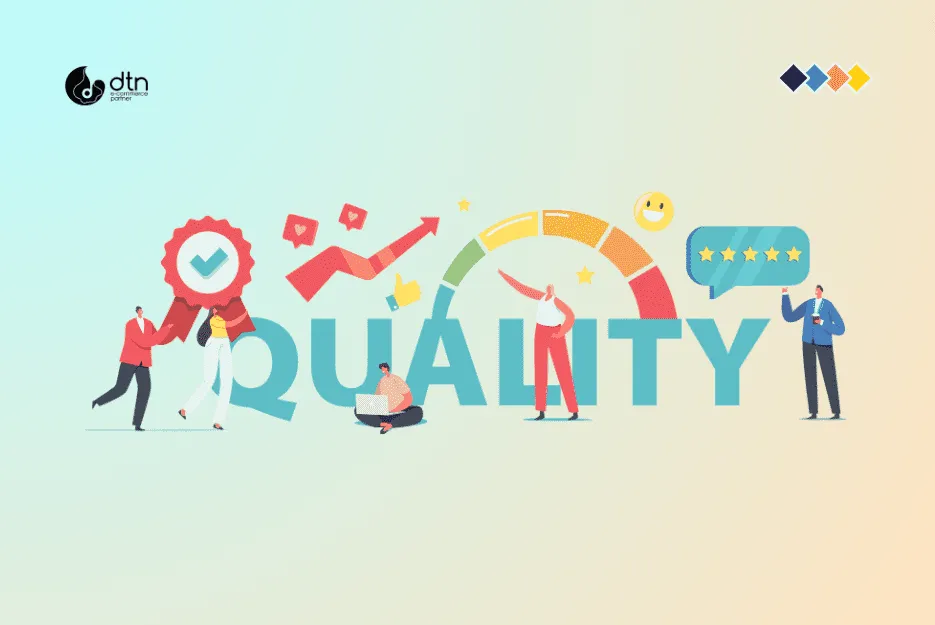
8. Involve End-Users in Testing
End-user involvement in testing is crucial. They can provide valuable feedback on the usability, functionality, and overall user experience of the software. This feedback helps ensure that the developed software meets the needs of the intended users.

9. Establish a Bug Tracking System
A bug tracking system is essential for managing and tracking defects throughout the development process. It helps ensure that issues are properly documented, assigned, and resolved in a timely manner.
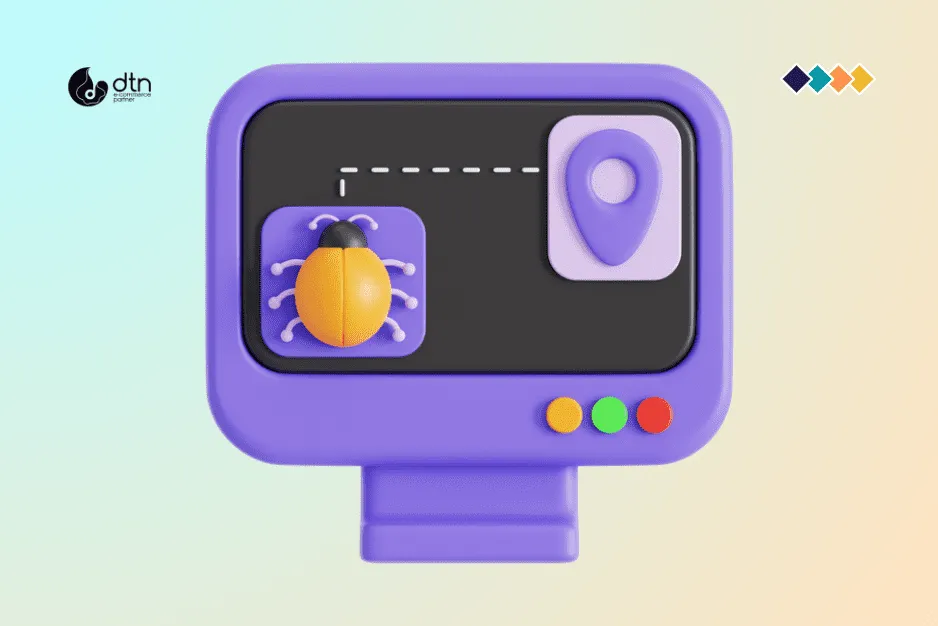
10. Continuously Improve QA Processes
QA processes should be continuously evaluated and improved. Regularly review your QA strategy, identify bottlenecks, and implement improvements to enhance efficiency and effectiveness.
By following these best practices, you can ensure that quality assurance is an integral part of your software development process, leading to the delivery of high-quality software products that meet user expectations and contribute to the success of your organization.

Frequently Asked Questions
We’ve compiled a list of answers to common questions on Quality Assurance in Software Development Services.
Why is establishing clear requirements crucial for quality assurance in software development?
Clear requirements provide a roadmap for development. They ensure that the software aligns with user needs and intended functionality. Quality assurance starts with a solid understanding of what needs to be achieved.
How does automated testing contribute to the efficiency of quality assurance?
Automated testing reduces manual effort, speeds up testing processes, and enhances overall efficiency. It allows for quick and consistent execution of tests, providing rapid feedback to developers and identifying issues early in the development cycle.
Why is a quality-oriented culture important for successful QA in software development?
A quality-oriented culture instills a proactive approach to identifying and resolving issues. When developers take ownership of code quality, it fosters a mindset of continuous improvement, leading to higher overall software quality.
What role do end-users play in the quality assurance process?
End-users provide valuable insights into the usability, functionality, and user experience of the software. Involving them in testing ensures that the developed software meets their needs and expectations, contributing to a more user-friendly final product.
How does a bug tracking system contribute to effective quality assurance?
A bug tracking system is crucial for managing and tracking defects throughout the development process. It ensures that identified issues are documented, assigned, and resolved in a systematic and timely manner, preventing the propagation of defects.
Why is continuous improvement important in quality assurance processes?
Continuous improvement allows for the evaluation and enhancement of QA processes over time. Regular reviews identify bottlenecks and areas for improvement, ensuring that the QA strategy remains effective and aligned with evolving development needs.

